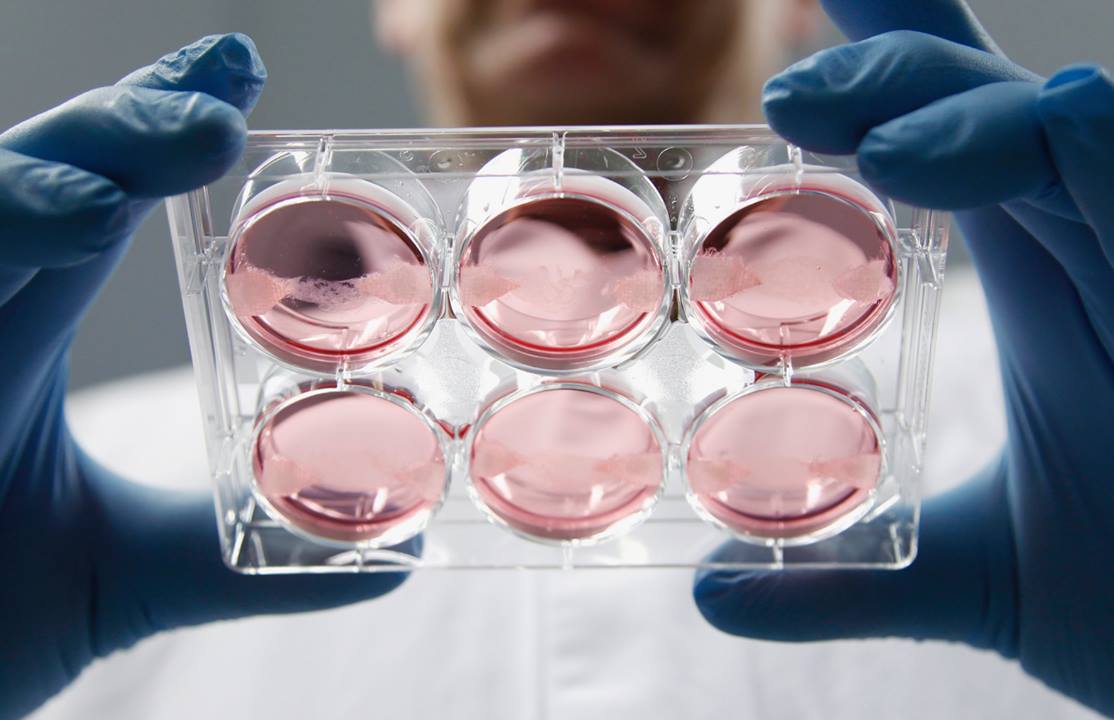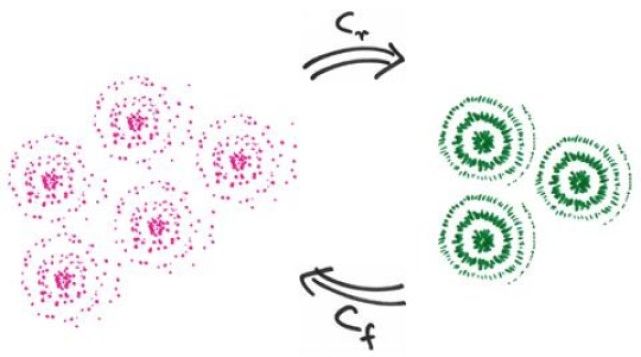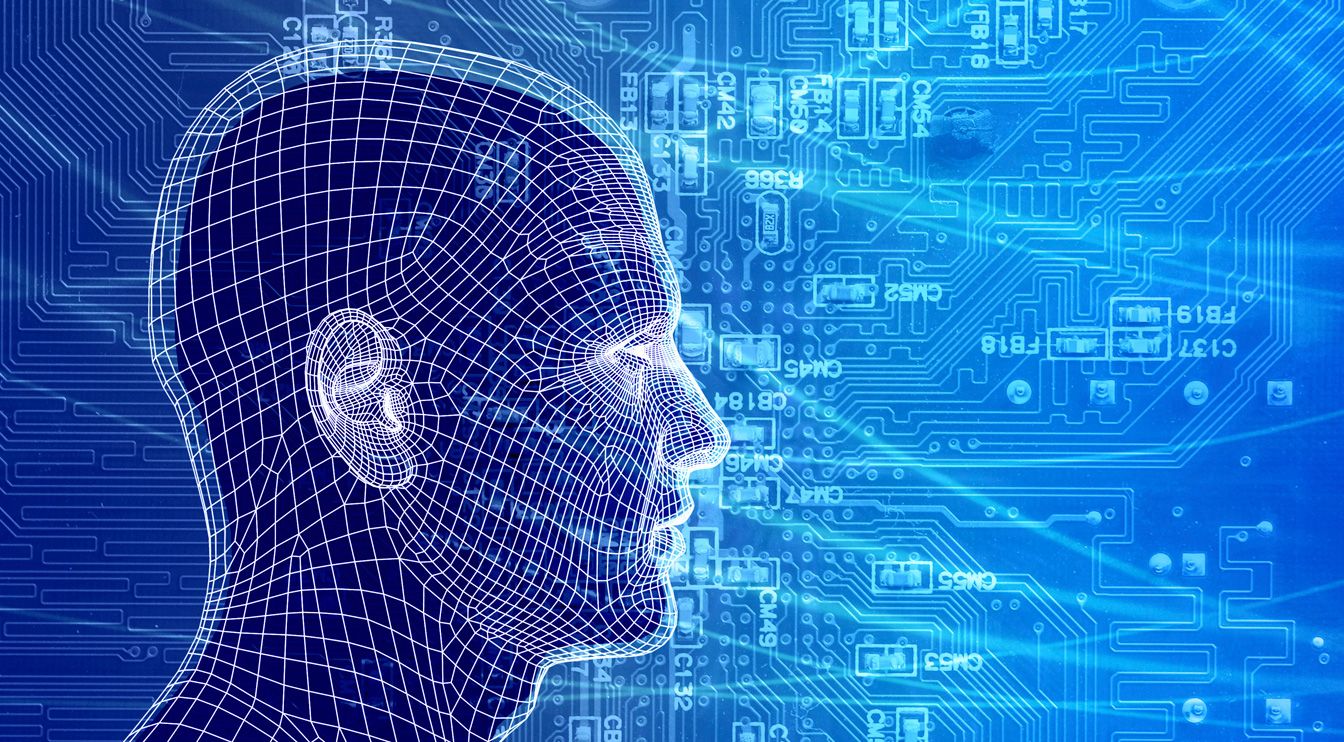Page 11247
Apr 4, 2016
Scientists identify neurons that help you process emotions
Posted by Shailesh Prasad in categories: health, neuroscience
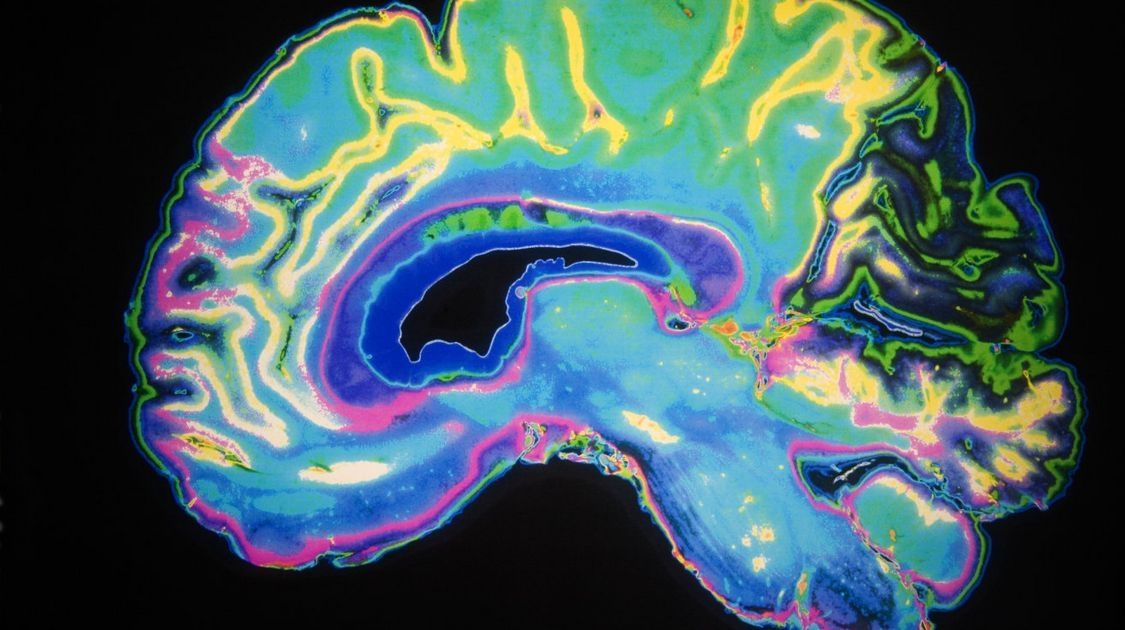
Scientists just got one step closer to understanding the nuts and bolts of how your mind handles emotions. An MIT team has identified two neural connections in the brain’s amygdala regions that process positive and negative emotional events. By tagging neuron groups with a light-sensitive protein, they discovered that the neurons form parallel but complex channels that respond differently to given situations. Some neurons within one of those connection will be excited by a feeling, while others will be inhibited — the combination of those reactions in a given channel may determine the emotion you experience.
It’s still early days. The researchers need to explore specific neuron populations in-depth to see how they’re connected, and they have to clearly define the larger neural circuits. If they succeed, though, they might help explain how mental health issues operate. Anxiety and depression might not fire the neurons that normally go off when you’re happy, for instance. The discoveries could lead to more effective treatments that restore your natural reactions.
Continue reading “Scientists identify neurons that help you process emotions” »
Apr 4, 2016
Newly developed Super Strong Metal can be used in Space Exploration
Posted by Klaus Baldauf in categories: materials, space travel
Researchers from the University of California has developed magnesium based super strong metal also very light weight. This new material composition of magnesium infused with ceramic silicon nanoparticles. This new technique nanoparticles boost the strength materials. Usage of nanoparticles also provides flexibilty to the materials.
Research main target extremely strong and lightweight metal can be used is space projects
In order to use this extremely strong and lightweight metal for space-exploration projects, the researchers developed a new method in dispersing and stabilizing nanoparticles in molten metals.
Continue reading “Newly developed Super Strong Metal can be used in Space Exploration” »
Apr 4, 2016
How Virtual Reality Is About to Transform the Travel Industry — By Neil Hughes | LinkedIn Pulse
Posted by Odette Bohr Dienel in category: virtual reality
“Travel agencies have struggled to bring people back into their stores over the last few years thanks to the Internet. In the UK and Belgium, however, one of Europe’s biggest tour operators Thomas Cook rolled out Samsung Gear VR headsets in a bid to entice customers back into its stores by offering to bring dream vacation destinations to life.”
Apr 4, 2016
ORNL 20kW wireless charging system hits 90% efficiency
Posted by Shailesh Prasad in categories: electronics, energy, engineering, transportation
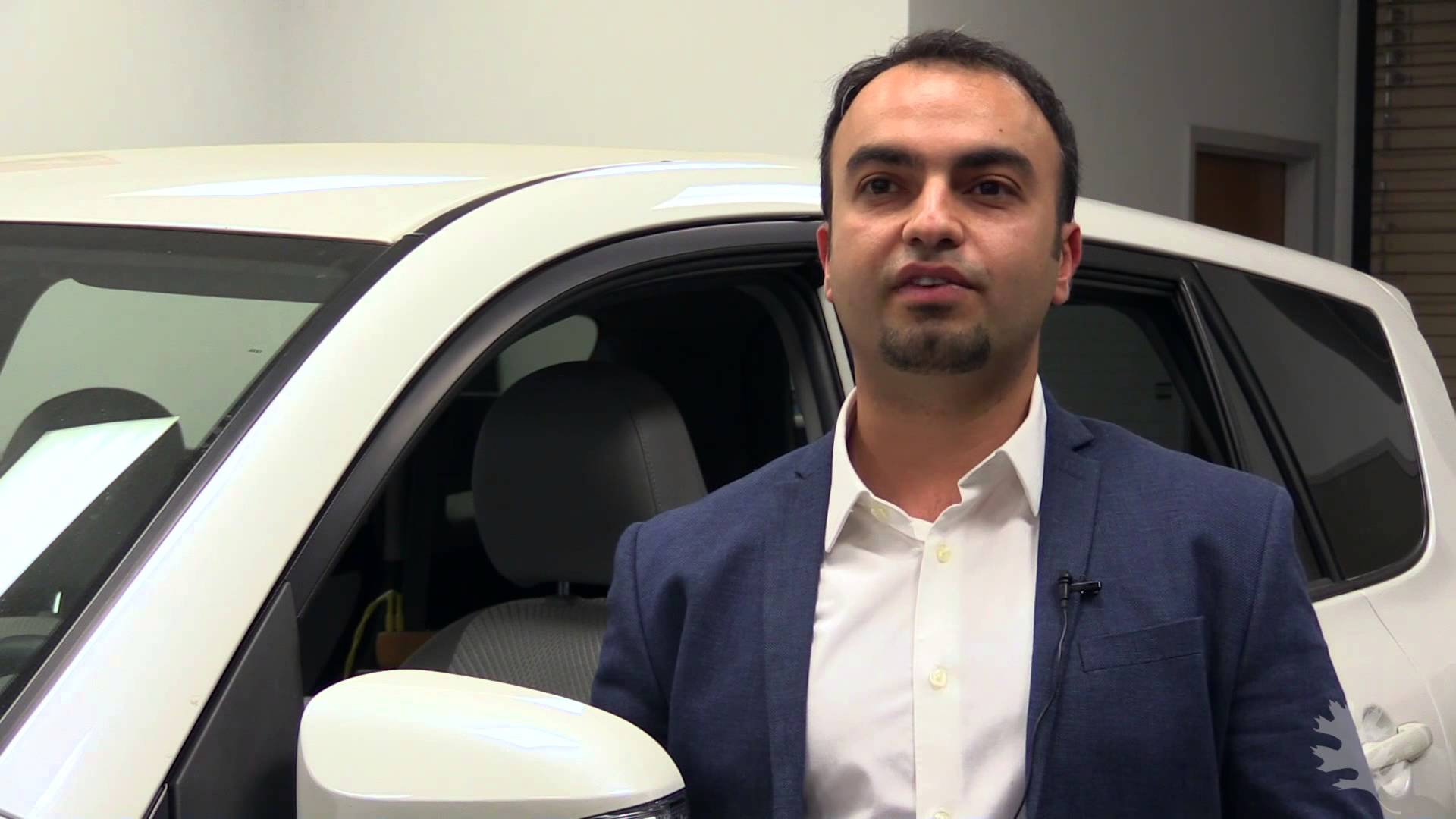
Oak Ridge National Laboratory (ORNL) has been working on a wireless charging system for EVs and plug-in hybrids for years. The goal is to create a system that makes charging EVs and hybrids easier for drivers and to make EVs and other plug-in vehicles as cheap and easy to own as a gasoline vehicle. ORNL has announced that it has demonstrated a 20-kilowatt wireless charging system that has achieved 90% efficiency at three times the rate of the plug-in systems commonly used in electric cars today.
ORNL has multiple industry partners that are participating in this program including Toyota, Cisco Systems, Evatran, and Clemson University International Center for Automotive Research. “We have made tremendous progress from the lab proof-of-concept experiments a few years ago,” said Madhu Chinthavali, ORNL Power Electronics Team lead. “We have set a path forward that started with solid engineering, design, scale-up and integration into several Toyota vehicles. We now have a technology that is moving closer to being ready for the market.”
Continue reading “ORNL 20kW wireless charging system hits 90% efficiency” »
Apr 4, 2016
Interesting Virtual reality Animation
Posted by Shailesh Prasad in category: virtual reality
Apr 3, 2016
New quantum distillation method allows measuring coherence of quantum states
Posted by Andreas Matt in categories: particle physics, quantum physics
One of the main principles of quantum physics is the superposition of states. Systems are simultaneously in different states, i.e. “alive and dead” at the same time such as Schrödinger’s cat, until someone measures them and the system opts for one of the possibilities. As long as the superposition lasts the system is said to be in a coherent state. In real systems, sets of diverse elemental particles or atoms existing in a state of superposition, for example, in different positions simultaneously, with different levels of energy, or with two opposite spin orientations, have weak coherence: the superposition is broken easily by the vibrations associated with temperature and the interactions with the environment.
In the scientific article, researchers from the Universitat Autònoma de Barcelona Department of Physics Andreas Winter and Dong Yang propose a groundbreaking method with which to measure the degree of coherence in any given quantum state. The researchers created simple formulas to calculate how much “pure coherence” is contained in a given quantum state, by answering two fundamental questions: How efficiently can one transform the state into “pure coherence”? And how efficient is the reverse process?
“At first the quantum state must be distilled. We must see how much coherence can be extracted from it,” explains Andreas Winter, to later “once again form a noisy state in which the coherence is diluted.” The distillation and dilution process allows measuring the strength of coherence of the initial state of superposition with experiments which can be tailored to each particular case. This is an outstanding contribution to the study of quantum physics given that “traditionally, to measure the degree of coherence of a superposition it was necessary to be able to measure the visibility of interference fringes, linked to standardised experiments,” Winter highlights. “With our approach, in contrast, the experiment can be adapted to every state in order to make the quantum coherence manifest itself better.”
Continue reading “New quantum distillation method allows measuring coherence of quantum states” »
Apr 3, 2016
IBM’s resistive computing could massively accelerate AI — and get us closer to Asimov’s Positronic Brain
Posted by Shailesh Prasad in categories: computing, robotics/AI
Neural networks have enabled a revolution in machine learning. IBM researchers show how resistive computing can be used to make them massively more powerful.

